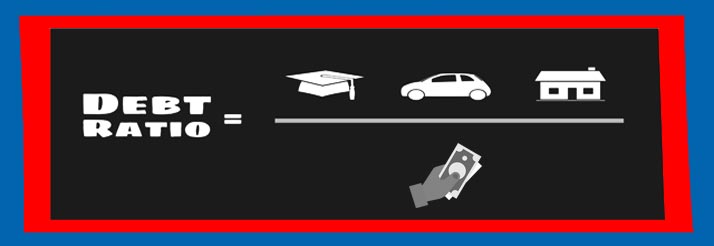Example: Amit Kumar, a 27 year old works in an MNC. He has been house hunting since the past few months. Recently he finalized on a house which costs around 40 lakhs. He has enough savings for a home loan which can be used not only for the down payment but also to pay off few EMI’s easily. His credit score is 802. He feels he has everything in place. But in the end his home loan application got rejected?
Why did this happen?
He had a steady job and income. He had good savings. He also had a good credit score. This is what is basically needed for a loan. But apart from this Banks/NBFCs look for the individual’s ability to repay the additional burden. The Bank rejected his application plainly because he had other debts like a car loan and a personal loan. Your credit score only mentions how you had repaid the earlier loans and repaid them. But this does not justify about your ability to take on more debt and repay it on time.
What is a Debt to Income Ratio?
This ratio shows your ability to pay off all the debts using your income. Banks will accept around 35-40% as the level of debt a person can hold against his income. You can calculate the level yourself by dividing the total debt amount (All loans EMI and credit card bills) with your income. If the DTI is low, then that’s a good sign as it shows a decent balance between income and debt.
What can Amit do to get his loan approved?
Amit will have to reduce his debt burden. If he can get a lump sum amount or a bonus and prepay partly/fully his loans that will improve his borrowing power and the bank can then accept his loan application. Having a lower debt also helps a person save money for future investments and emergencies.
You Can Also Check:









